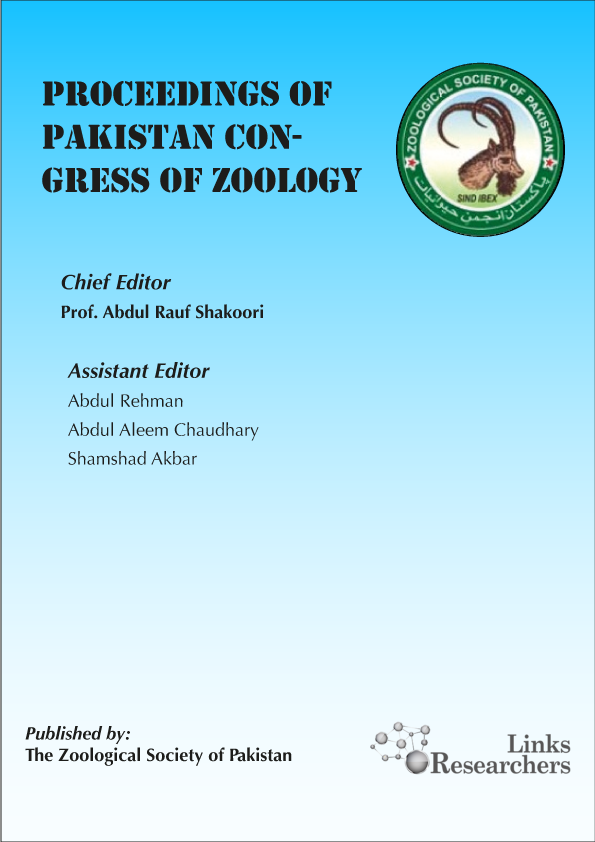Hassnain Shah, Muhammad Azeem Khan, Umar Farooq, Nadeem Akmal*, Shahid Munir and Bashir Hussain**
Muhammad Israr1*, Saeed Ullah1, Shakeel Ahmad2, Asif Yaseen3, Urooba Pervaiz4 and Nafees Ahmad5
Mahmood Alam Khan, Afzal Munir, Muahmmad Shahzad Khattak, Daulat Khan, Muhammad Ajmal
Mahmood Alam Khan1*, Afzal Munir1, Muhammad Shahzad Khattak1, Daulat Khan1, Muhammad Ajmal1
Afifatul H.A. Adilah1, Junun Sartohadi2* and Suci Handayani1
Nurul Fajeriana1*, Akhmad Ali1 and Retno Puspa Rini2
In the months of June and July, we witness floods ...
Bilal Ahmed Qazi, Nowsherwan Zarif, Anwar Ali*, Faizan Ahmed, Asim Karim and Ali Nawaz
Ngele Blessing Alfred, Agba Mary-Ibenreh Ogaboh*, Bassey Rosemary Anietie and Egeh Ajah Egwu
Muhammad Waqas1*, Razia Bashir1, Haroon Ali2, Arslan Shahzad1 and Tehmina Saddique3
Hina Jabeen*, Usman Irshad, Kainat Azhar, Alisha Fatima, Asma Zaheer Abbasi, Tayyaba Sadia and Jaweria Aqeel
Featuring
-
Seasonal Prevalence and Impact of Environmental Variables in Emergence of Aedes Mosquito in Multan, Pakistan
Faheem Ali and Amjad Farooq
Proceedings of Pakistan Congress of Zoology, Vol. 42, pp 59-64, 2024
-
Bioaccumulation of Heavy Metals in Freshwater and Marine Fish Species of Pakistan
Hina Jabeen, Usman Irshad, Kainat Azhar, Alisha Fatima, Asma Zaheer Abbasi, Tayyaba Sadia and Jaweria Aqeel
Proceedings of Pakistan Congress of Zoology, Vol. 42, pp 51-57, 2024
-
Unraveling Renal Complexities in Thalassemia Major: A Comprehensive Nephrological Inquiry in Central Punjab, Pakistan
Muhammad Waqas, Razia Bashir, Khadija Munir and Muhammad Arshad
Proceedings of Pakistan Congress of Zoology, Vol. 42, pp 45-50, 2024
-
Contamination of White and Brown Rice with Aflatoxin and Evaluation of Strategies for their Decontamination
Roheela Yasmeen, Sadia Amjad and Naseem Zahra
Proceedings of Pakistan Congress of Zoology, Vol. 42, pp 37-43, 2024
Subscribe Today
Receive free updates on new articles, opportunities and benefits

© 2024 ResearchersLinks. All rights Reserved. ResearchersLinks is a member of CrossRef, CrossMark, iThenticate.






